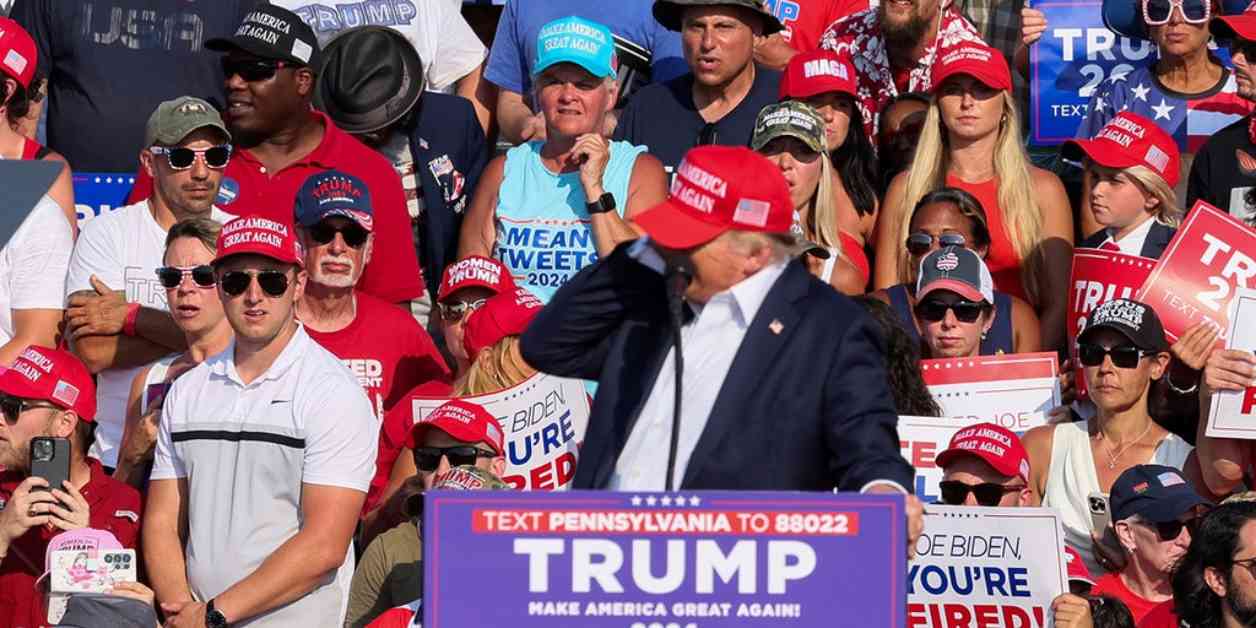The U.S. Secret Service recently responded to concerns about the lack of communication between agencies during the attempted assassination of former President Trump in Butler, Pennsylvania earlier this month. The incident occurred on July 13 when Thomas Matthew Crooks gained access to a roof, allowing him to fire eight rounds at Trump during a rally, grazing his ear and injuring others. Crooks was subsequently shot and killed by a sniper.
Following the shooting, reports surfaced indicating that there was a lack of communication among law enforcement agencies. The Secret Service issued a statement committing to a thorough investigation of the events leading up to, during, and after the assassination attempt to prevent such incidents from reoccurring. They also pledged to cooperate with Congress, the FBI, and other relevant investigations.
Local law enforcement officers also highlighted the lack of communication, with a police officer from a tactical team assigned to the rally stating that there was no contact between their SWAT team and the Secret Service prior to the shooting. The absence of a face-to-face briefing with Secret Service members was noted as a critical failure in planning by the lead sharpshooter of the Beaver County team, Jason Woods.
In light of these revelations, Secret Service Director Kimberly Cheatle resigned, and multiple law enforcement and congressional investigations were initiated. The Beaver County snipers reported that their first communication with the Secret Service occurred after the shooting had taken place, indicating that the lack of communication may have contributed to the tragic events.
Furthermore, members of Trump’s Secret Service detail and advisers expressed confusion as to why they were not alerted about the suspicious person spotted by local police before the assassination attempt. Despite the shots fired being mistaken for fireworks, questions arose about the breakdown in communication that allowed the gunman to position himself on the roof without intervention.
The response from the Secret Service underscores the importance of effective communication protocols among law enforcement agencies to prevent security breaches and ensure the safety of public figures. The incident serves as a reminder of the need for thorough coordination and information sharing to mitigate potential threats in high-profile events.




